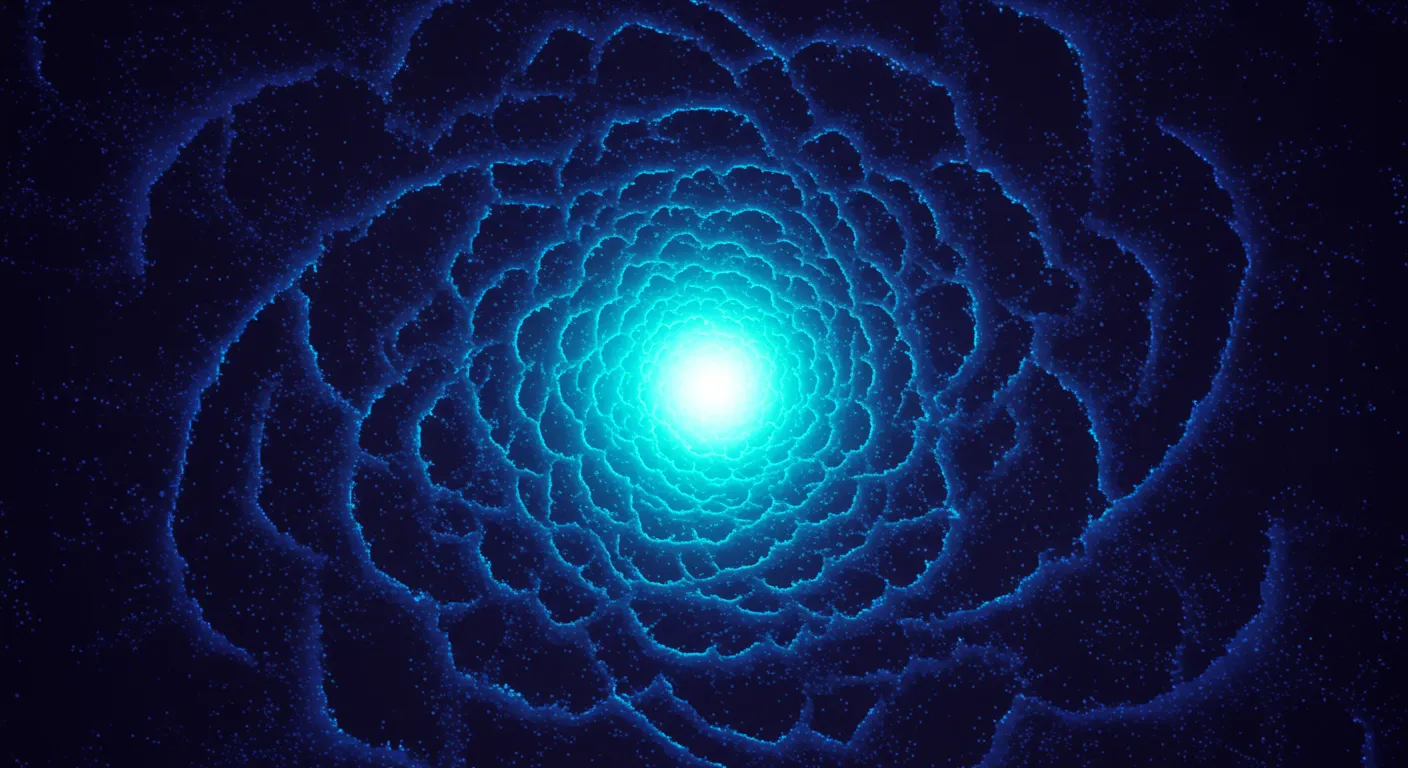In the vast cosmic theater, a celestial game of cosmic chicken is unfolding between an asteroid and our faithful lunar companion. NASA's latest assessment reveals a celestial visitor roughly the size of a 15-story building—53 to 67 meters of space rock—has a 96.2% chance of missing the moon, leaving online commentators both amused and intrigued by the potential cosmic collision.
The asteroid's potential lunar rendezvous has sparked a delightful online conversation that oscillates between scientific curiosity and playful speculation. Some commentators have taken to measuring the asteroid in creative units—from Olympic swimming pools to stacks of ducks—highlighting humanity's quirky approach to understanding astronomical scales.
While the odds suggest a near-miss, a small contingent of space enthusiasts are secretly hoping for impact. One commentator, tombert, even suggested buying a telescope to potentially record the event, embodying the collective scientific curiosity that such cosmic near-misses inspire. The potential collision, though unlikely, represents a tantalizing scientific opportunity.
The discussions quickly spiraled into pop culture references, with multiple commentators name-dropping Neal Stephenson's science fiction novel "Seveneves," which explores dramatic lunar scenarios. This reveals how astronomical events often trigger our collective imagination, transforming scientific probabilities into narrative possibilities.
Ultimately, the asteroid's approach serves as a reminder of our planet's continuous cosmic dance—a delicate choreography of celestial bodies that occasionally comes close enough to make us pause, look up, and marvel at the unpredictable nature of our universe.


